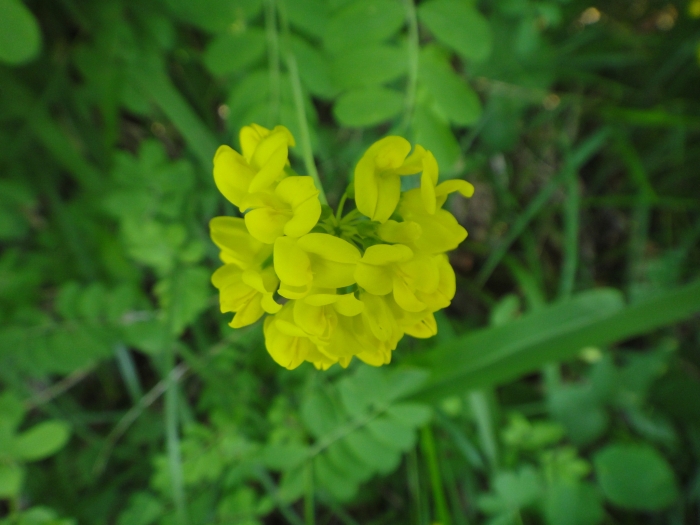Crown Vetch
(Coronilla coronata)
Crown Vetch (Coronilla coronata)
/
/

Christian Berg
CC BY 4.0
Image By:
Christian Berg
Recorded By:
Copyright:
CC BY 4.0
Copyright Notice:
Photo by: Christian Berg | License Type: CC BY 4.0 | License URL: http://creativecommons.org/licenses/by/4.0/ | Rights Holder: Christian Berg | Publisher: iNaturalist | Date Created: 2015-06-04T11:08:38-07:00 |

























Estimated Native Range
Summary
Coronilla coronata, commonly known as Crown Vetch, is a perennial herb that is often used as a ground cover. It is native to the Mediterranean region, including parts of Western Europe, where it thrives in a variety of habitats such as dry open spaces, rocky areas, and lowland grasslands. This plant is not evergreen but rather deciduous or semi-evergreen, depending on the climate. It typically grows at a moderate rate to a height of 0.5-3 feet (0.15-0.9 meters) and a width of 1-2 feet (0.3-0.6 meters). Crown Vetch has compound leaves and produces clusters of small, pea-like flowers that are pink to lilac in color and bloom from late spring to late summer, adding a long-lasting splash of color to the landscape.
Crown Vetch is valued for its ability to stabilize soil and prevent erosion, making it a popular choice for planting on slopes and disturbed sites. It is also used for green manuring and as a cover crop due to its nitrogen-fixing abilities, which enrich the soil. In cultivation, it requires full sun and can tolerate a range of soil types, including clay, loam, or sandy soils, provided they have medium to fast drainage. It is drought-tolerant once established, requiring low amounts of water. However, gardeners should be cautious as Crown Vetch can become invasive outside its native range, spreading aggressively by rhizomes and seeding. It is not recommended for small garden spaces where it may outcompete other plants.CC BY-SA 4.0
Crown Vetch is valued for its ability to stabilize soil and prevent erosion, making it a popular choice for planting on slopes and disturbed sites. It is also used for green manuring and as a cover crop due to its nitrogen-fixing abilities, which enrich the soil. In cultivation, it requires full sun and can tolerate a range of soil types, including clay, loam, or sandy soils, provided they have medium to fast drainage. It is drought-tolerant once established, requiring low amounts of water. However, gardeners should be cautious as Crown Vetch can become invasive outside its native range, spreading aggressively by rhizomes and seeding. It is not recommended for small garden spaces where it may outcompete other plants.CC BY-SA 4.0
Plant Description
- Plant Type: Shrub, Herb
- Height: 0.5-3 feet
- Width: 1-2 feet
- Growth Rate: Slow, Moderate
- Flower Color: Yellow
- Flowering Season: Spring, Summer
- Leaf Retention: Evergreen
Growth Requirements
- Sun: Full Sun
- Water: Low
- Drainage: Medium, Fast
Common Uses
Border Plant, Drought Tolerant, Low Maintenance, Rock Garden
Natural Habitat
Mediterranean region, including parts of Western Europe, in habitats such as dry open spaces, rocky areas, and lowland grasslands
Other Names
Common Names: Crownvetch, Crowned Scorpion Vetch, Axseed
Scientific Names: , Coronilla coronata, Coronilla coronata, Coronilla coronata f. fructolineata, Coronilla coronata f. gracilis, Coronilla coronata f. macrantha, Coronilla coronata f. macrophylla, Coronilla coronata f. multiflora, Coronilla coronata f. pedunculata, Coronilla coronata var. minor
GBIF Accepted Name: